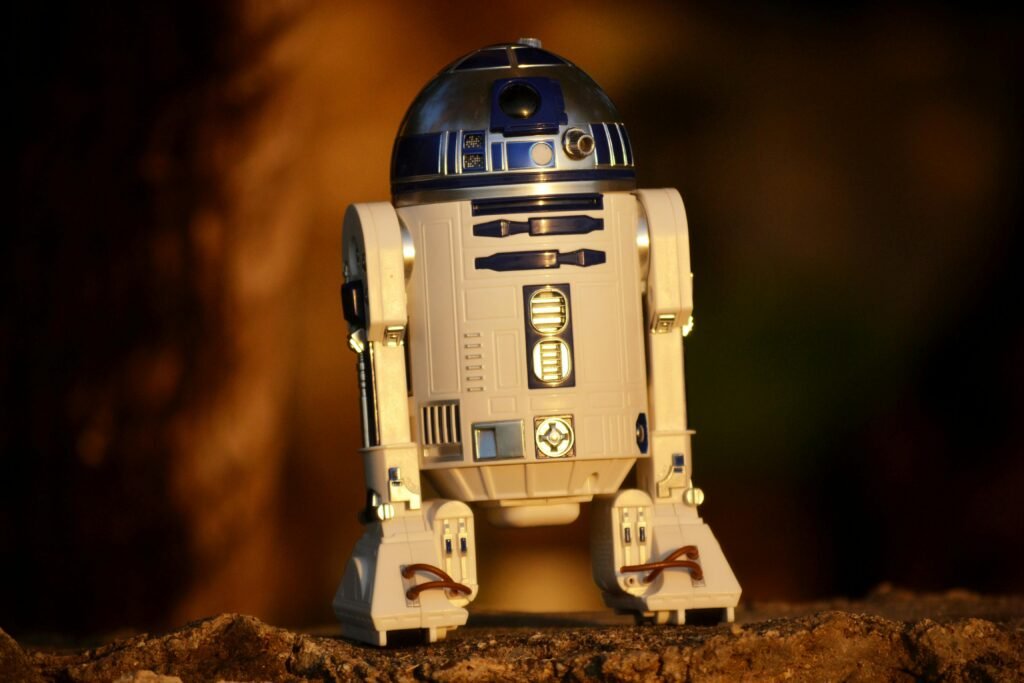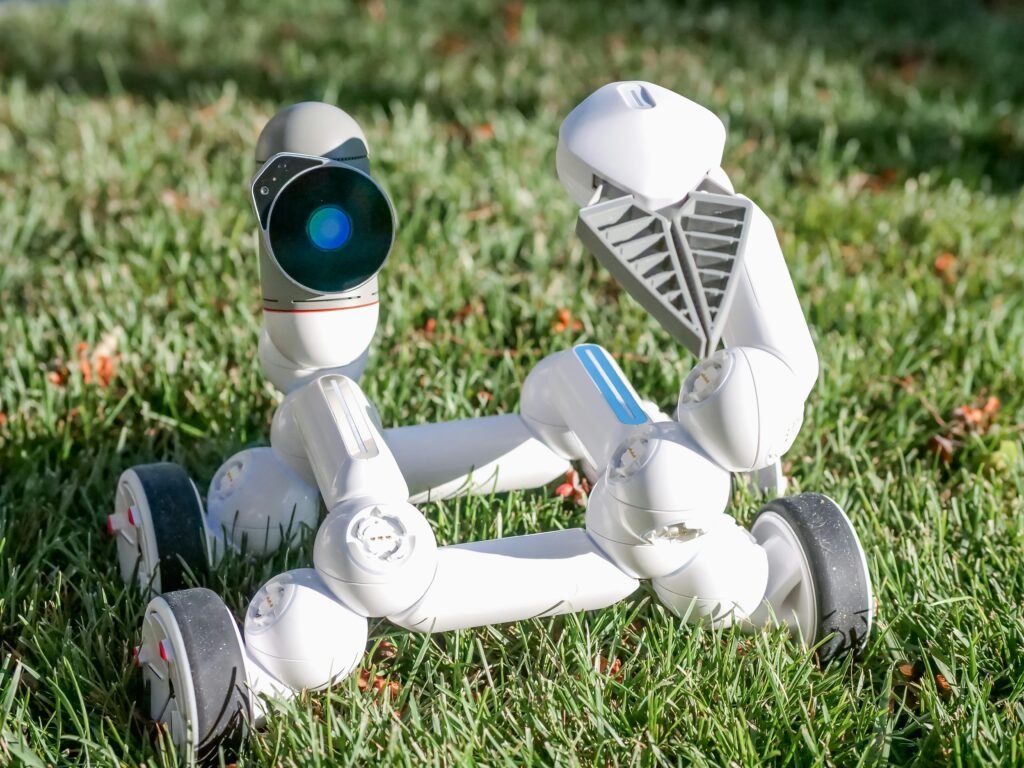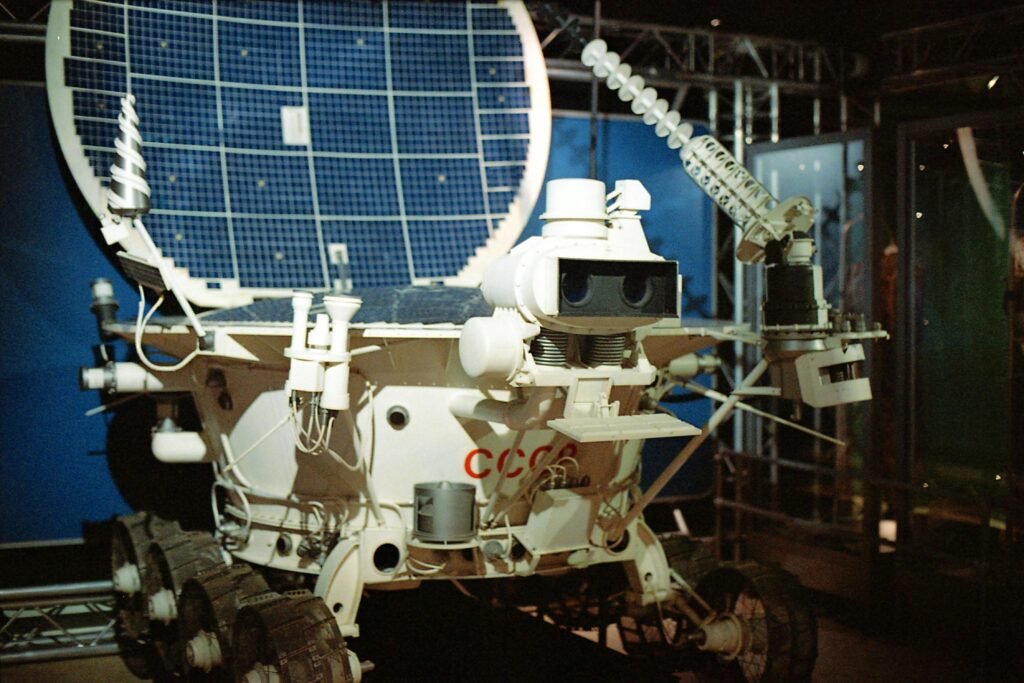
From rovers crawling on Mars to robotic arms building space stations, robotics in space has changed the way we explore the universe. As we plan to go deeper into space, robots are becoming more important than ever. They help us go to places that are too dangerous, too far, or too costly for humans.
Today, space tech is advancing quickly. Countries like the US and UK are investing in smarter robots, and agencies like NASA are leading the way. This article explains the key role robots will play in future space missions, how robotics is helping space science grow, and why now is the time to invest in robotics for space.
Why Robots Are Key to Space Exploration

Space is a tough place for humans. There’s no air, extreme temperatures, and high radiation. Travel takes months or even years. That’s why robots are perfect for many space jobs.
They can:
- Work in places not safe for humans
- Handle tasks that require precision
- Stay active for years without rest
- Collect data faster and safely
- Save money and reduce mission risk
With every mission, robots in space are becoming smarter, smaller, and more advanced.
Types of Robotics Used in Space

Robots in space come in many forms, each designed for a special task. Let’s look at some major types:
- Rovers
Rovers like NASA’s Curiosity and Perseverance explore Mars. They move over rough ground, collect soil samples, and take pictures. - Robotic Arms
These are used on space stations and spacecraft to repair tools, capture satellites, or help move cargo.
3. Drones and Flyers
NASA’s Ingenuity drone, the first to fly on another planet, is helping us explore Mars from the air.
4. Humanoid Robots
These look and move like humans. While still in testing, they may one day help astronauts with tasks inside space habitats.
5. Autonomous Systems
These are robots that think for themselves. They make real-time decisions using AI (artificial intelligence), perfect for long-distance missions.
How Robotics Helps Space Exploration

Wondering exactly how robotics helps space exploration? Here are a few key roles robots play:
- Exploration: Robots scout areas before humans arrive.
- Construction: They help build satellites, space stations, and even future moon or Mars bases.
- Research: Robots collect samples, measure the weather, and monitor radiation.
- Maintenance: They repair systems, reducing astronaut risk.
- Communication: Relay messages from deep space back to Earth.
Without robots, many current and planned space missions would not be possible.
NASA's Leadership in Robotics
NASA has been a global leader in using and developing space robots. From the Mars rovers to robotic arms on the International Space Station, NASA uses robotics to do tasks that humans cannot.
Their newest plans include:
- Sending robots to the Moon through the Artemis program
- Testing autonomous robots for deep space
- Creating robotic explorers for Jupiter’s moon Europa
NASA also works with private companies and international partners to make sure robotics keeps evolving.
UK and US Collaboration in Robotics
In the US and UK, robotics is a fast-growing field. The UK Space Agency is working on robotic arms, sensors, and smart AI for space missions. Meanwhile, US companies and universities are investing heavily in space tech.
These partnerships help create robots that are:
- Lighter and stronger
- More energy efficient
- Smarter through machine learning
- Able to fix themselves or adjust in real time
As US and UK robotics research grows, the future of space travel looks brighter and more achievable.
Investing in Robotics for Space
Now is a great time to invest in robotics for space. Governments and private companies are spending billions on space missions. This includes building robots, creating new technology, and training experts.
You don’t need to be a scientist to get involved. Investors can:
- Support tech startups in robotics
- Buy shares in companies like those partnering with NASA
- Sponsor research projects
- Fund STEM programs focused on space
Investing now supports a future where robots help humans live and work beyond Earth.
How to Stay Updated
People all over the world are curious about what robots will do next in space. You can find robotics research news on websites like NASA.gov, Space.com, or scientific journals. Many YouTube channels also offer videos about upcoming robot missions and behind-the-scenes work.
There are also free courses, books, and newsletters to learn more. Whether you're a student, teacher, or space fan, staying informed helps you understand and support this exciting field.
The Future of Robotics and Space Exploration
Shortly, robots will do even more. They may mine asteroids, build homes on Mars, or even farm food in space. As humans prepare for longer missions, robots will be our tools, teammates, and protectors.
Many believe that without robots, humans will never be able to settle in space. These machines are not just helpers—they are the pioneers of the new space age.
Conclusion
The role of robotics in space is growing fast. From exploring distant planets to building future homes for humans, robots are shaping the next chapter in our journey beyond Earth. With strong support from NASA, smart research in the US and UK, and public interest rising, the field is full of promise.
If you’re curious about science, tech, or space, now is the perfect time to learn more, stay informed, and even invest in robotics for space. The future is not just about reaching the stars—it’s about working with robots to get there.






